 FEATURE
FEATURE Photography by Wes Allison
Photography by Wes Allison
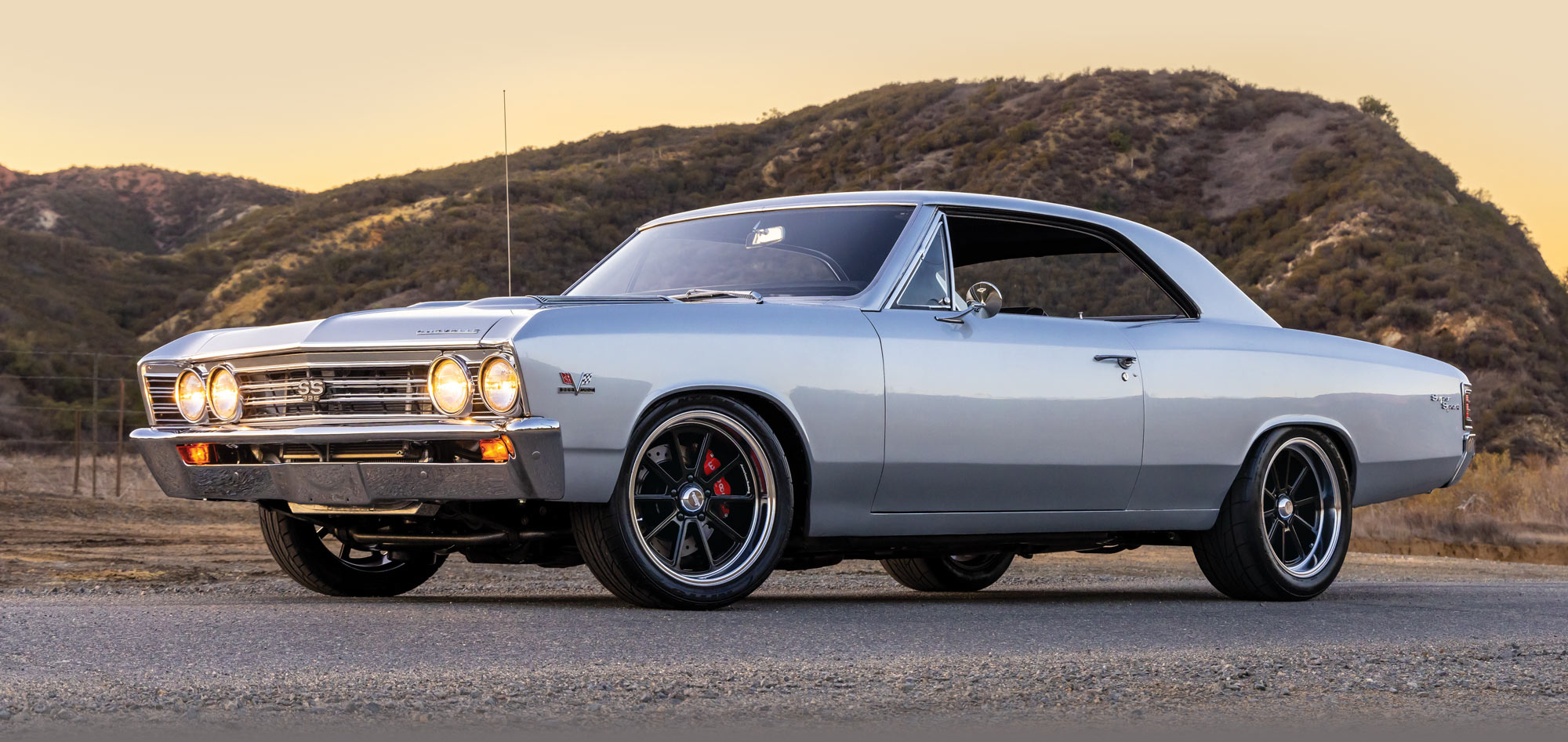

here are those who acquire the bug for all things mechanical as they navigate through life, while others seem to be born with the gene. Eric Fernandez is of the latter and performed his first engine swap at age 13. It was in his go-kart that he felt needed more horsepower, so he swapped out the old Briggs & Stratton for the more powerful Honda engine from his dad’s roto tiler. “Initially my dad was upset when he saw what I had done, but after calming down, he asked me if it worked,” Eric fondly remembers. “I started it for him and did a couple laps and remember seeing the smile on his face and him being surprisingly proud. I’ve been wrenching on engines ever since.”
In high school Eric remembers one of the kids driving a ’67 Chevelle to school every day. Seeing and hearing that car pull into the parking lot tugged at Eric’s emotions to the point that car became his dream ride.
About eight years ago, Eric was on a serious hunt for a ’67 Chevelle to fulfill that dream when he spotted this one on Craigslist. Located in an old truck yard in Chino, California, about 30 minutes from his home in Anaheim Hills, the car had no engine, no transmission, no interior, no nothing. What it did have was a small rust area just below the rear window and a whole bunch of potential. He handed over $2,200 for the roller and flatbedded it to his home garage and dug right in. “I disassembled the car right away and sent the shell out for paint and bodywork while I upgraded the chassis and suspension,” Eric tells. “Once the body came back with fresh paint, I mounted it to the frame where it sat for the next 4½ years.”
It wasn’t that Eric lost interest–far from it. Family life (second and third kid being born) and a home remodel put the Chevelle on hold for a few years. Once time freed up, Eric refocused on the car. Doing all the work himself added time but Eric wasn’t facing any pressure to meet deadlines, his main concern was getting the car done right and to his specs.
Picking at the project on nights and weekends it took about seven years from start to finish, but Eric estimates actual time spent working on the car was between 2½-3 years total. Not bad for a ground-up project being done by a lone soldier.

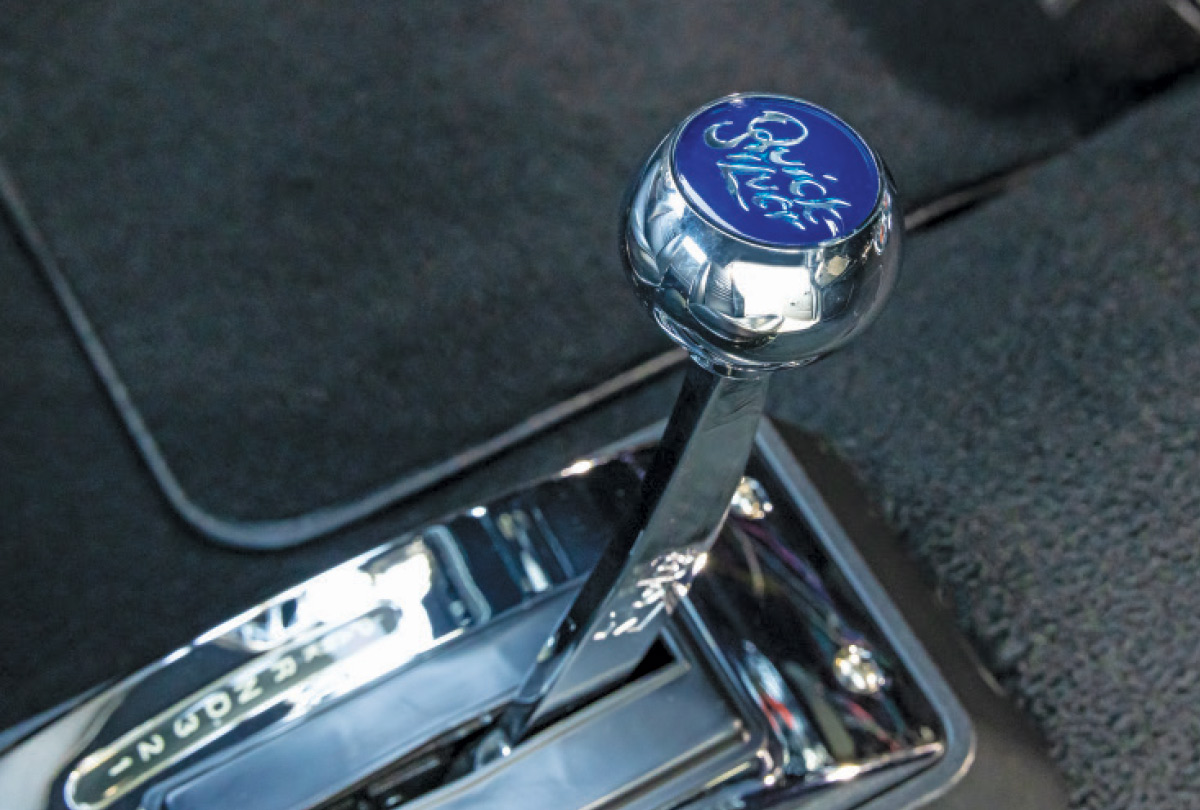
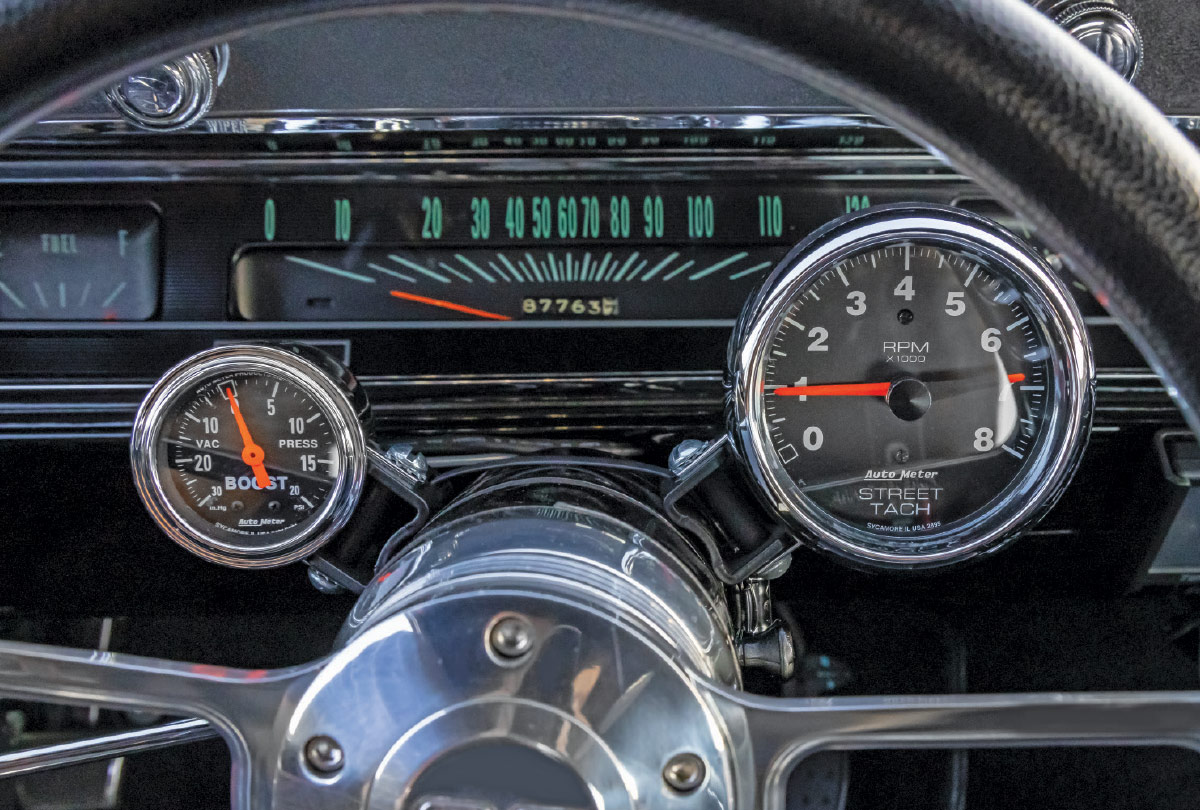
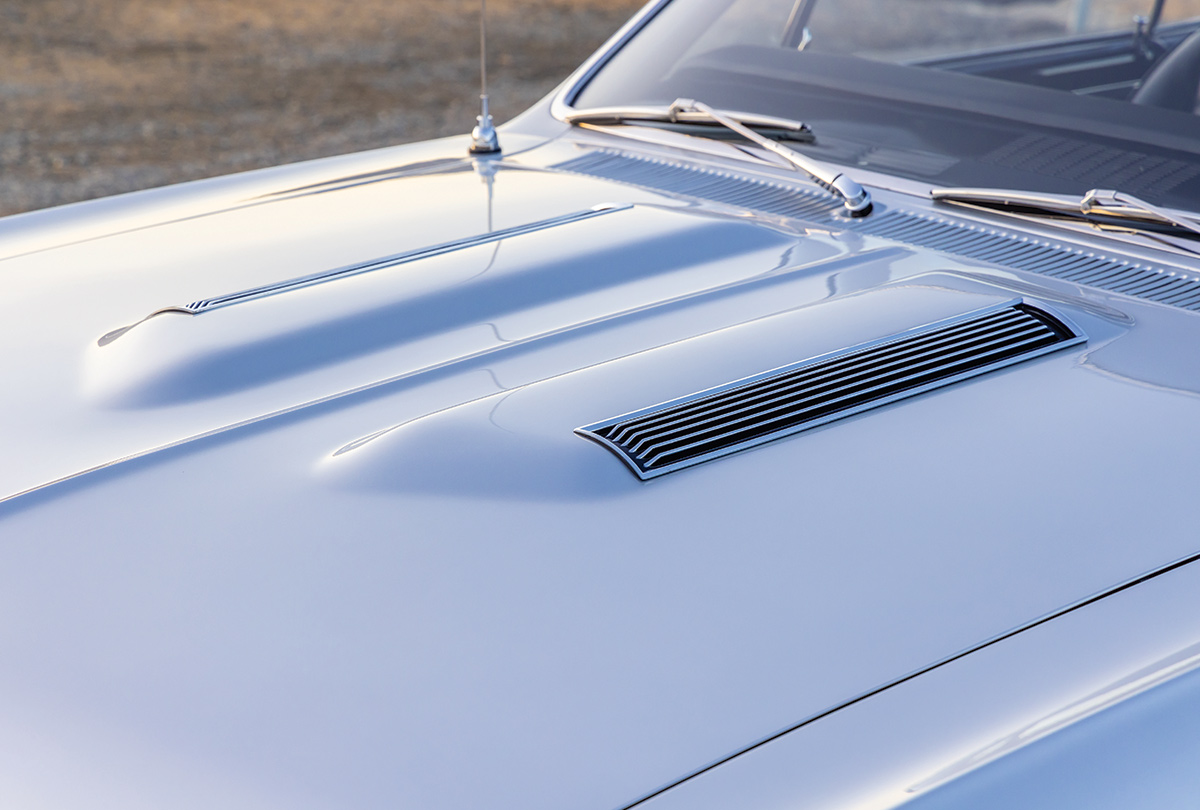
Eric headed over to KP Fab and Tune in Rancho Cucamonga, California, for dyno testing where the car busted out a stout 623 hp to the tires on gas—near 700 hp on E85 and 9.5 pounds of boost. That’s the kind of power he was looking for; the reliability and improved fuel mileage is a bonus.
With plenty of grunt on hand, Eric moved onto the driveline and installed a 4L80E, but not before it got the onceover by Trans Auto Express in Long Beach, California, in order to handle the upgraded power. A Circle D 3,400 stall torque converter backs it all up and sends power to a Drive Lines Inc. 3-inch driveshaft and a Quick Performance 9-inch rearend stuffed with a Strange Engineering centersection, limited slip differential, and 3.70 gears. A TransGo Shift Kit provides proper pressure for solid shifting.
Handling and an aggressive stance were also aspects Eric set to improve on the vintage A-body, so in went a set of Classic Performance Products (CPP) upper and lower control arms up front accompanied by CPP spindles. Viking double-adjustable coilover shocks and 500-pound springs ensure a solid ride. Out back, Eric went with upper and lower UMI control arms and once again called upon Viking coilover shocks along with a set of 250-pound springs. A UMI frame brace and Hellwig sway bars keep body roll to a minimum when Eric takes to SoCal’s Santiago Canyon twisties. Arnaco Industrial Coatings in Pico Rivera, California, did the black powdercoating to give the chassis a uniform appearance.
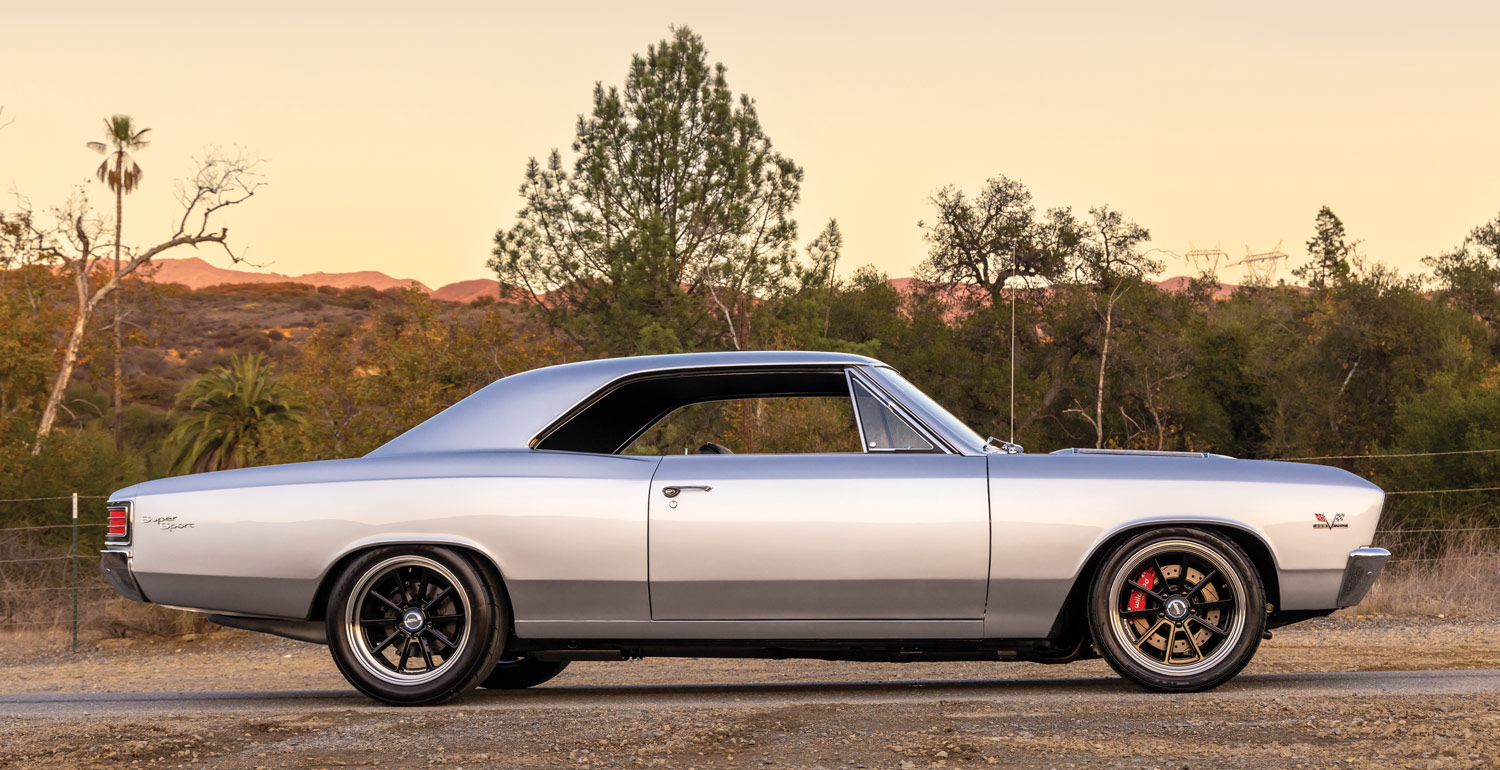
Those American Racing VN 510 wheels (18×8 front, 18×10 rear) feature black centers and polished outers and jive perfectly with the car’s muscle car demeanor, while the Nitto rubber provides a gripping tale of performance (245/40R18 front, 285/40R18 rear) on all four corners.
Inside the cockpit is a solid foundation of factory styling updated with fresh reproduction bits. The stock seats were treated to new bolstered foam from TMI then wrapped in factory-appearing TMI vinyl covers. Eric took on the interior himself and installed Original Parts Group repro door panels, dash, and black loop carpet to keep the car’s vintage DNA in check. The underdash Auto Meter gauges and column-mounted tach gives a nod to the era of day-two restos, and the Forever Sharp steering wheels adds a skosh of modern influence.
Eric is proud that the original sheetmetal survived the elements for over 55 years and required minimal fuss from the gang at The Auto Clinic Auto Center in Long Beach. Sure, the body had a few scrapes and bruises but professional body prep unveiled a smooth canvas for The Clinic crew to splash the body in a sea of PPG Mercedes Iridium Silver. The door handles are original and bumpers are reproductions from Classic Industries.
Yeah, those high school years tend to leave a mark, and in this case that mark was left on Eric and his desire to build a stunning Chevelle that shows off his talent and relentless perseverance that stretched over an eight-year period. But Eric didn’t waver; he kept his priorities in check and set his sights on the end game.
“So far the most memorable moment with the car was driving my wife and kids to Thanksgiving dinner last year after the car had been inoperable for about seven years,” Eric fondly remembers. “It was a very proud moment for me and a great experience for my family.”
Eric’s not the kind of guy to sit around and wait for life to come his way. Nope. He’s more about going after it and getting it done right regardless of how long it takes. Just have a look at his amazing Chevelle–’nuff said.

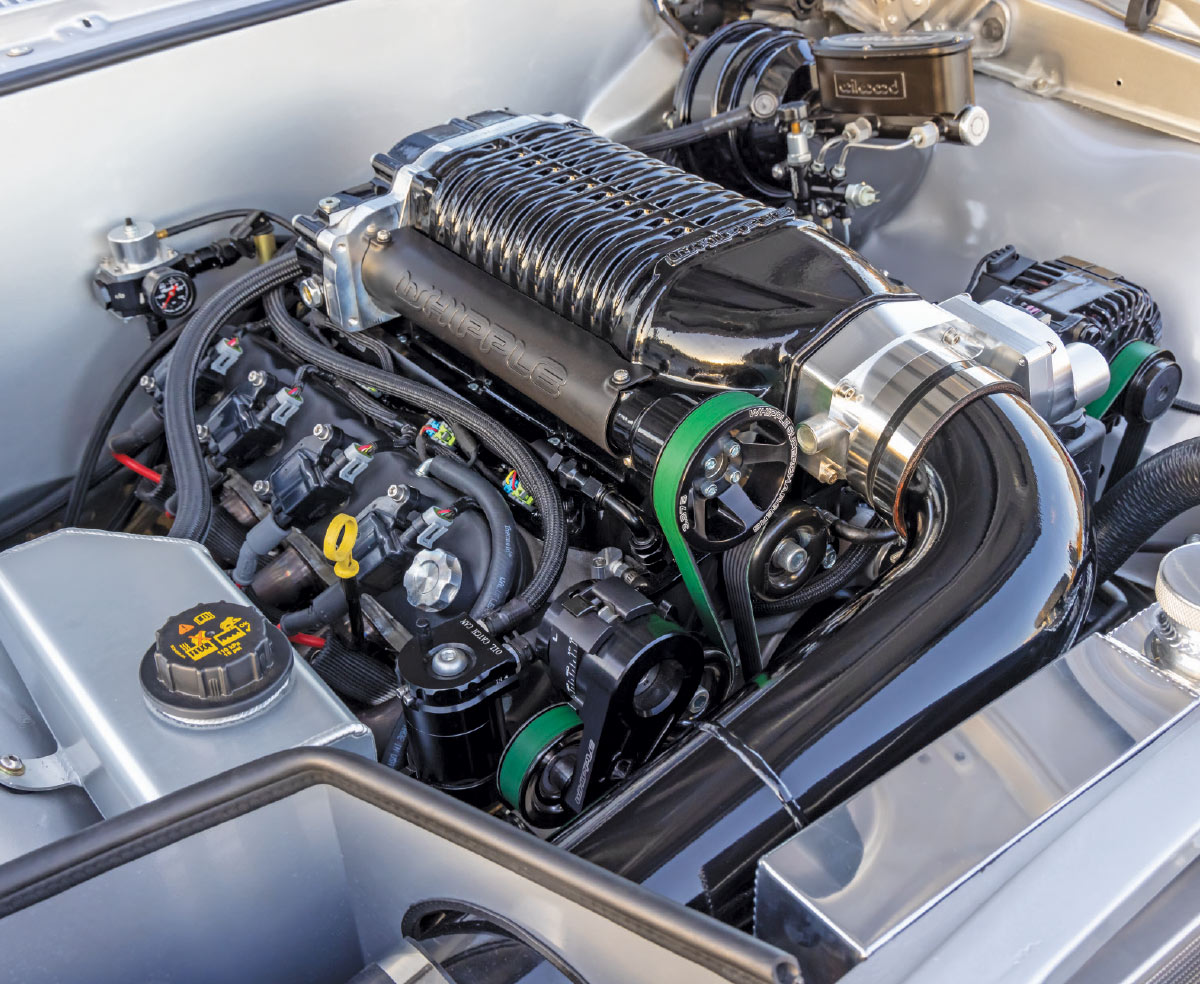
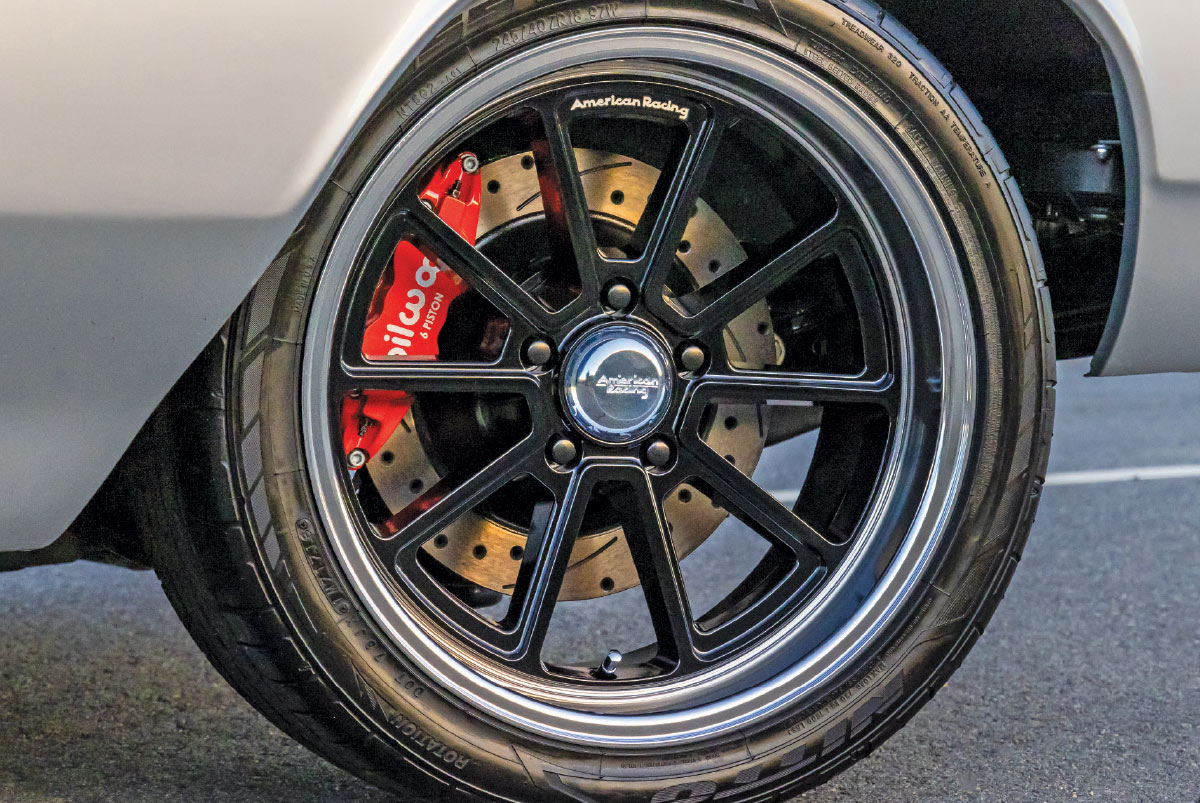

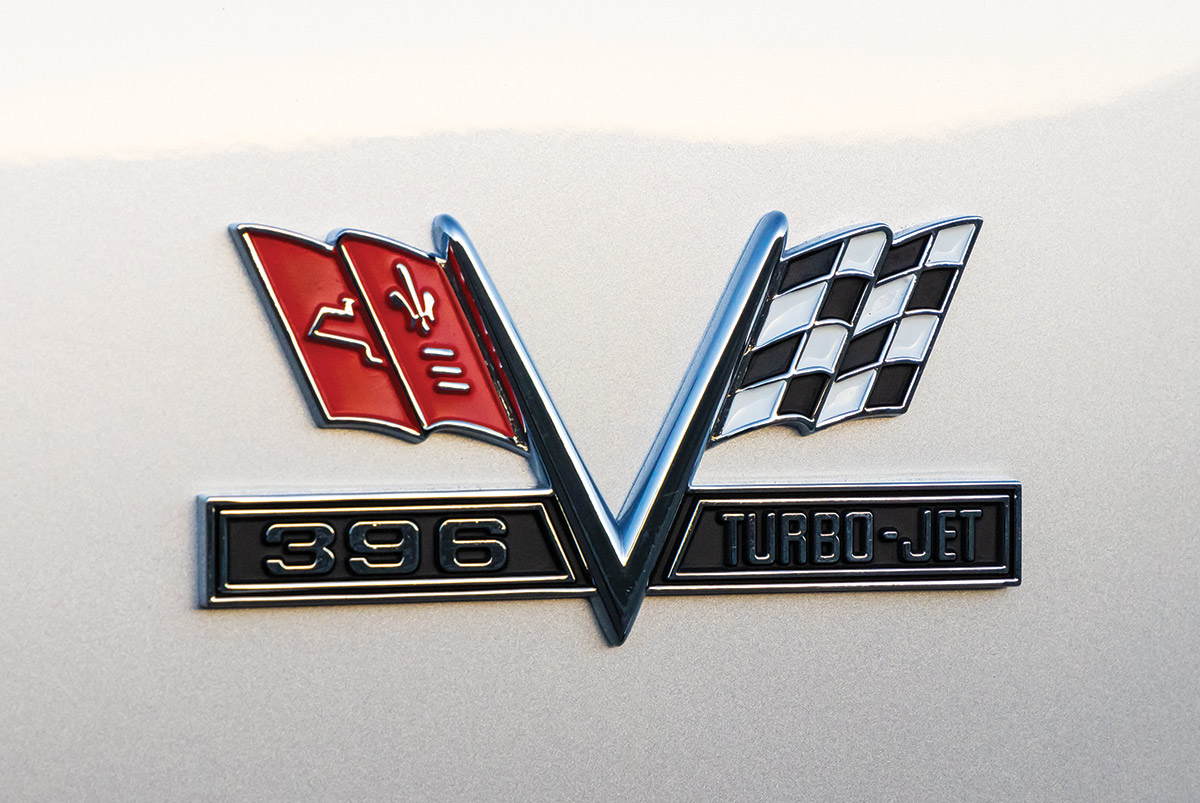
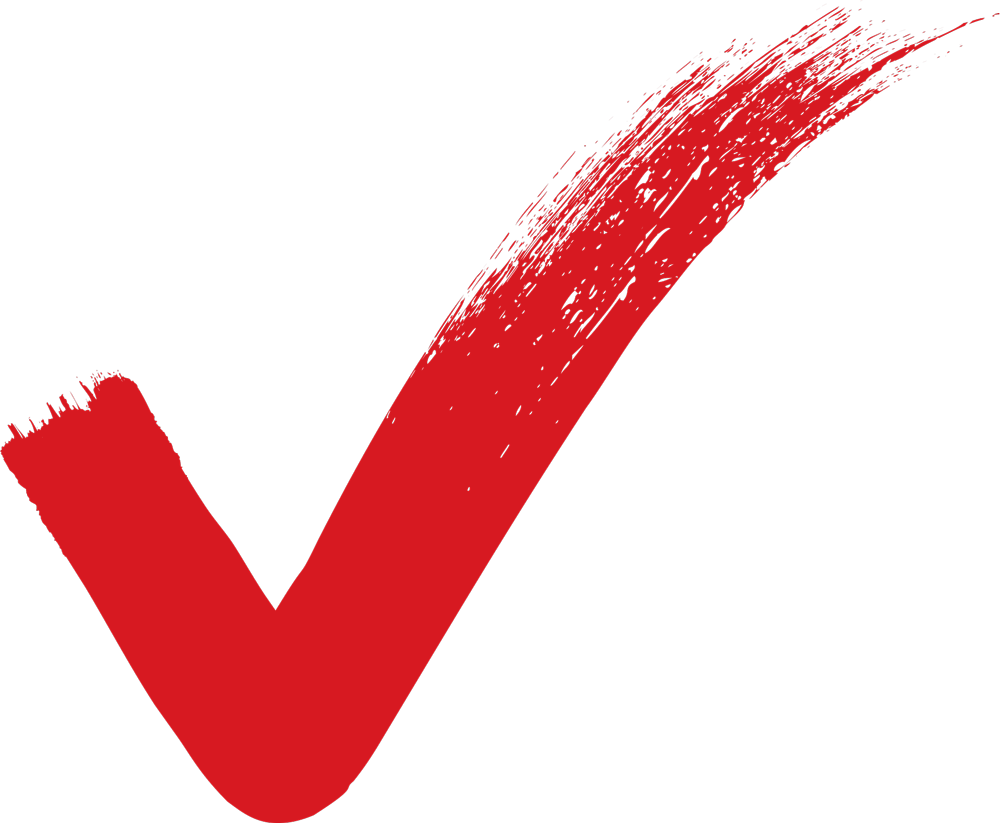
Vehicle: ’67 Chevy Chevelle
Type: Chevrolet L96
Displacement: 364 ci
Compression Ratio: 9.6:1
Bore: 4.00 inches
Stroke: 3.622 inches
Cylinder Heads: GM rectangle port, aluminum
Rotating Assembly: Cast-iron crankshaft, I-beam powdered metal connecting rods, 6.098-inch length, Hypereutectic cast-aluminum alloy pistons
Valvetrain: Texas Speed dual valvesprings, LS3 rockers with trunnion upgrade kit
Camshaft: Texas Speed Stage 3 (0.640/0.615-inch lift, 231/246 deg. duration at 0.050, 111-deg. lobe separation angle)
Induction: 2.9 Whipple supercharger
Exhaust: Speed Engineering 1⅞-inch long-tube headers, Pype’s 3-inch X-pipe exhaust system, Borla XS mufflers
ECU: Holley Terminator X Max
Ancillaries: GM Corvette accessory drive system, Holley valve covers, Champion aluminum radiator, Melling 10295 high-pressure oil pump, Walboro Hell Cat fuel pump, PTFE braided fuel lines, Clinic 94-pound fuel injectors, AC Delco coils, MSD wires, SPAL dual electric fans, Tanks Inc. fuel injection fuel tank, Spectre air filter
Output: 623 hp, 545 lb-ft of torque
Transmission: GM 4L80E prepared by Trans Auto Express (Long Beach, CA), TransGo Shift Kit
Torque Converter: Circle D 3,400 stall
Rear Axle: Quick Performance 9-inch housing, Strange Engineering centersection, limited-slip differential, 3.70 gear ratio, Quick Performance 35-spline axles
Front Suspension: CPP upper and lower control arms, CPP spindles, Viking double-adjustable coilover shocks, CPP 500-pound springs, Hellwig sway bar, UMI frame brace
Brakes: Wilwood 13-inch rotors with six-piston calipers front, CPP 11-inch rotors with two-piston calipers rear, Wilwood brake master, Wilwood proportion valve
Wheels: American Racing VN 510; 18×8 front, 18×10 rear
Tires: Nitto NT555G2; 245/40R18 front, Nitto 555RII Drag Radial 285/40R18 rear
Upholstery: Installed by owner
Carpet: Original Parts Group black loop
Seats: Stock with TMI bolster, TMI OE pattern vinyl cover
Door Panels: OPGI stock replacement
Steering: Stock column with Forever Sharp steering wheel
Shifter: B&M
Dash: Stock
Instrumentation: Stock with Auto Meter underdash gauges and steering column-mounted tachometer
Head Unit: RetroSound
Speakers: Rokford Fosgate
Wiring: American Autowire Classic Update Kit
HVAC: Vintage Air
Bodywork & Paint: The Clinic Auto Center (Long Beach)
Paint: PPG Mercedes-Benz Iridium Silver
Hood: Stock
Grille: Stock
Bumpers: OPGI
